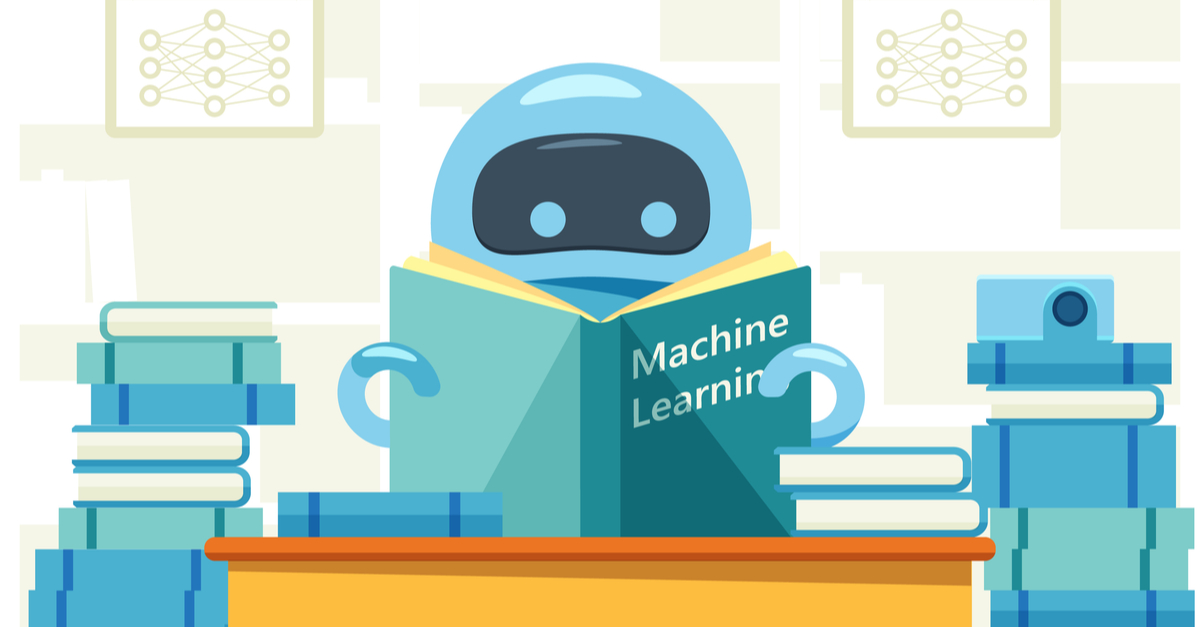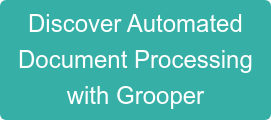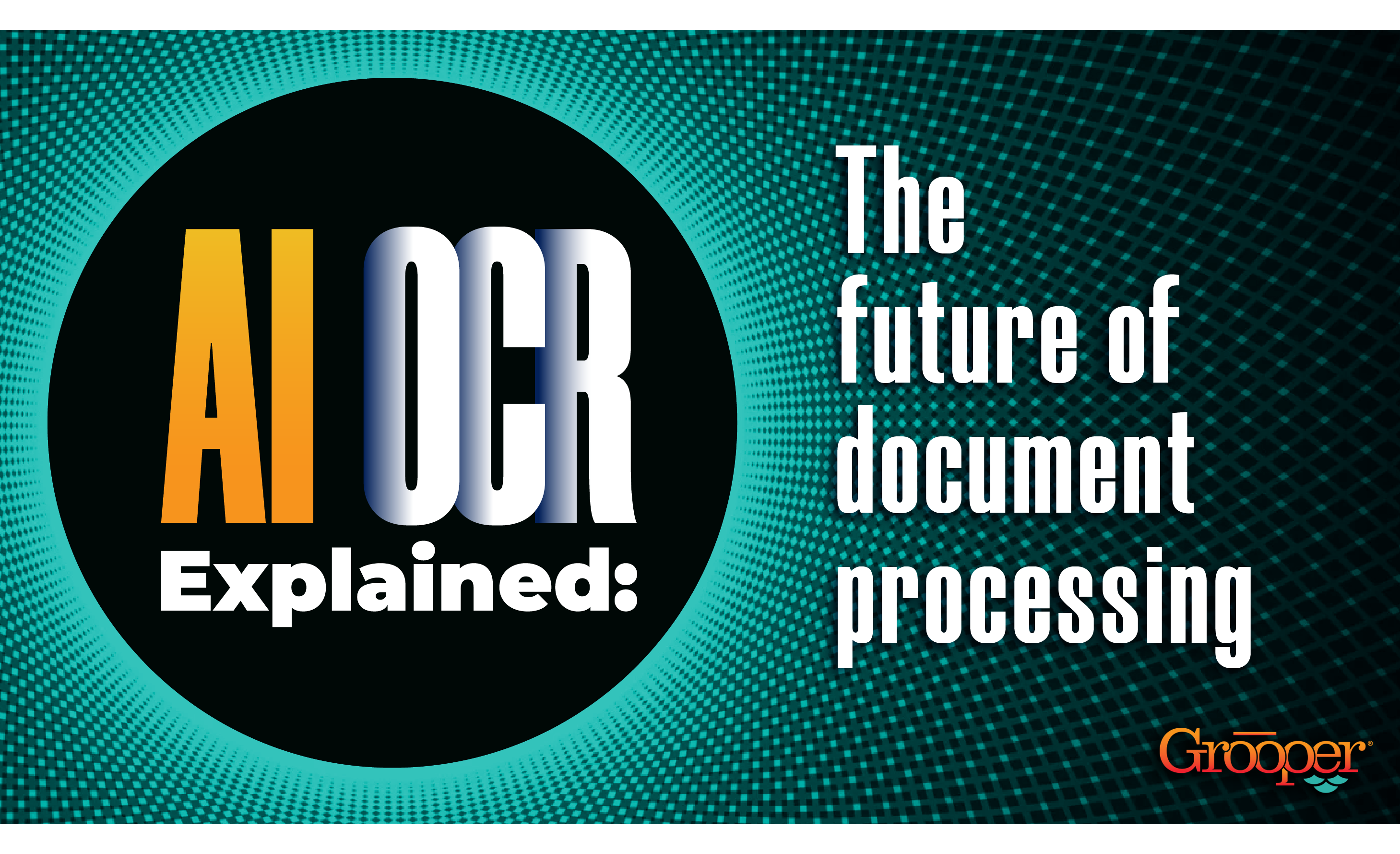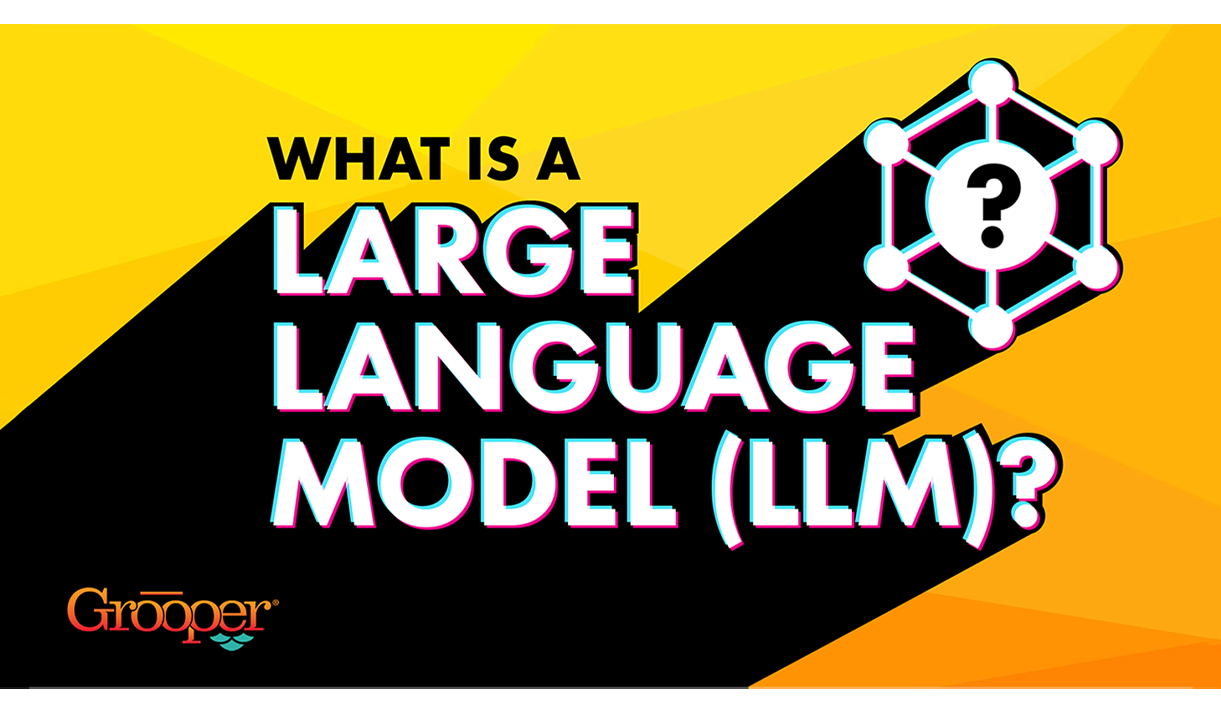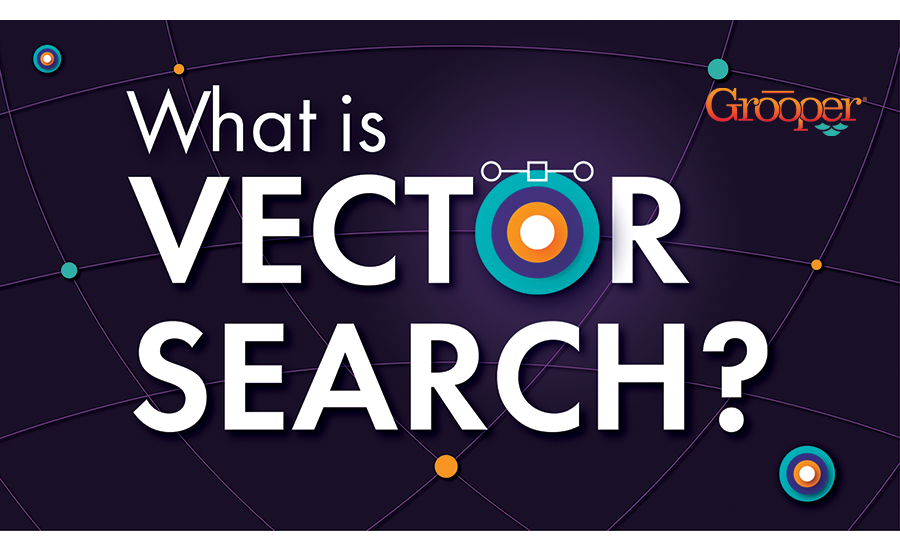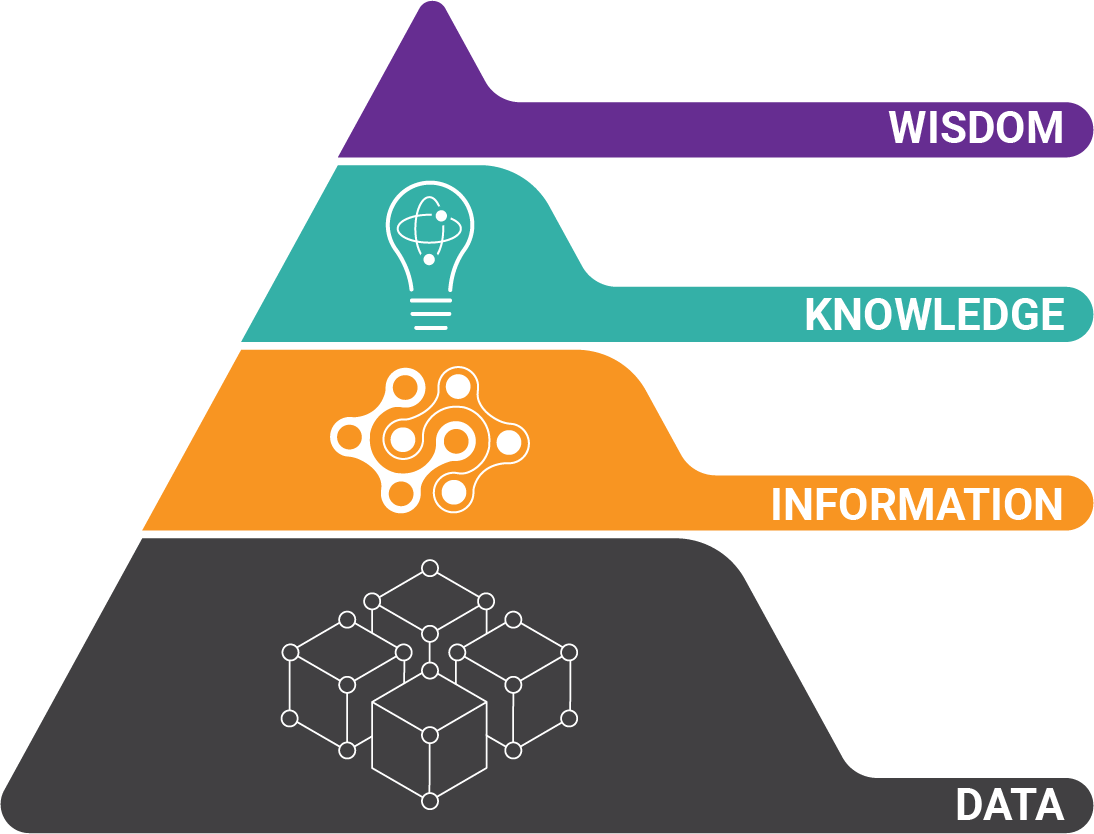First, what is Cognitive Automation?
Cognitive automation technology works in the realm of human reasoning, judgement, and natural language to provide intelligent data integration by creating an understanding of the context of data.
What Technologies Make This Technology Go?
In real-world use-cases, cognitive automation is a highly predictable and robust combination of:
- Computer vision
- Optical character recognition
- Machine learning
- Natural language processing
- Data science tools and techniques.
But don’t think that it is a black box of bleeding-edge technology! It is simply the bringing-together of fully baked solutions into a single platform.
Cognitive automation is a deep-processing and integration of complex documents and data that requires explicit training by a subject matter expert.
Robotic process automation RPA solutions will always arrive at the need for deeper integration of unstructured data that bots can’t process.
THE BIG IDEA: If you look at the automation solutions available on the market today, you really see a dichotomy between:
- Programmatic
- Point-and-click automation
- The creation of knowledge from unstructured data
What Robotic Process Automation and Cognitive Automation Can't Do
So, for example, RPA can’t:
- Take a contract it’s never seen and tell you everything important about it.
Any workflows requiring contract data abstraction or intelligence would require a subject matter expert’s careful review and manual data entry.
- Make mouse clicks or process end-to-end workflows that request, receive, processes, and then deliver detailed contract information back into your ERP or other software application.
You immediately see the value of using an automation tool after general processes and workflows have been automated. With RPA adoption at an all-time high (and not even close to hitting a plateau), now is the time business leaders are looking to further automation initiatives.
Early RPA Wins Self-Fund Automation Solutions
In a Deloitte Global RPA survey:
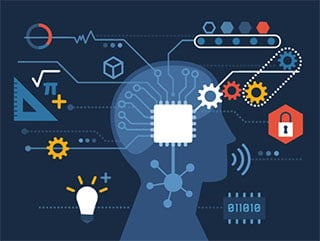 A significant part of new investments will be in the areas of data science and AI-based tools that provide cognitive automation.
A significant part of new investments will be in the areas of data science and AI-based tools that provide cognitive automation.
As organizations begin to mature their automation strategies, demand for increased tangible value will rise and the addition of intelligent automation tools will be required.
The good news is that you don’t have to build automation solutions from scratch. While there are many data science tools and well-supported machine learning approaches, combining them into a unified (and transparent) platform is very difficult.
Built-in transparency is one of the key drivers of using pre-built cognitive technology. When you train a software to perform the work of a subject matter expert, you must be absolutely certain how and why it is making decisions.
How Does Cognitive Automation Work?
Cognitive automation mimics the way humans work.
Take contracts, for example:
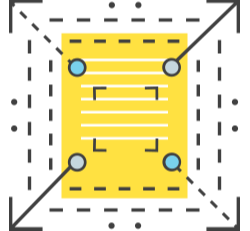 A human recognizes a document for what it is by looking at things like the title of a page, language used in paragraphs of text, and the way the document is laid out.
A human recognizes a document for what it is by looking at things like the title of a page, language used in paragraphs of text, and the way the document is laid out.
These are the same features used to train the software to recognize what type of document it is processing.- Going deeper, once the specific document type is known, the software will then use pre-trained rules to look for specific words, groups of words, and information contained in sentences and paragraphs. Again, just like a human would.
- Then, depending on what information is needed for the automation workflows, entire paragraphs may be extracted. Or just the important dates, terms, currency amounts, etc. will be extracted.
- Finally, a hallmark of these automation solutions is that they provide a review process for human validation of information which has been identified for extraction.
So, items may be flagged for review if a specific pre-programmed “confidence threshold” has not been met. These thresholds are set by software architects for any variable they deem important.
How to Use Cognitive Automation with RPA in Mortgage Processing
A great example of how it interacts within an RPA deployment is in mortgage / loan processing:
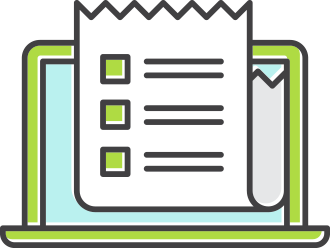 The mortgage process is full of simple yes / no, if / then workflows and multiple software systems. There are hundreds of pages involved in most loans.
The mortgage process is full of simple yes / no, if / then workflows and multiple software systems. There are hundreds of pages involved in most loans.
The information contained on important forms, like closing disclosures, isn’t always laid out the same way. As a result, humans are often used to hand-key or manually review information.
But RPA in mortgage processing is a great solution to save all of that manual work. It will automate data integration between multiple software systems and databases that haven’t been engineered to “talk to each other.”
Automation for Loan Origination
During loan origination there are many opportunities for automation. There’s:
- Pre-qualification
- Income and identity verification
- Pre-funding document verification
- Underwriting services
- Post-close audits
- Loan onboarding into Loan Origination Systems
And that’s all before the loan goes into the process of being bought and sold.
Imagine RPA bots transporting hundreds of pieces of information to multiple software systems. It’s easy to see that the scene is quite complex and requires perfectly accurate data. You can also imagine that any errors are disruptive to the entire process and would require a human for exception handling.
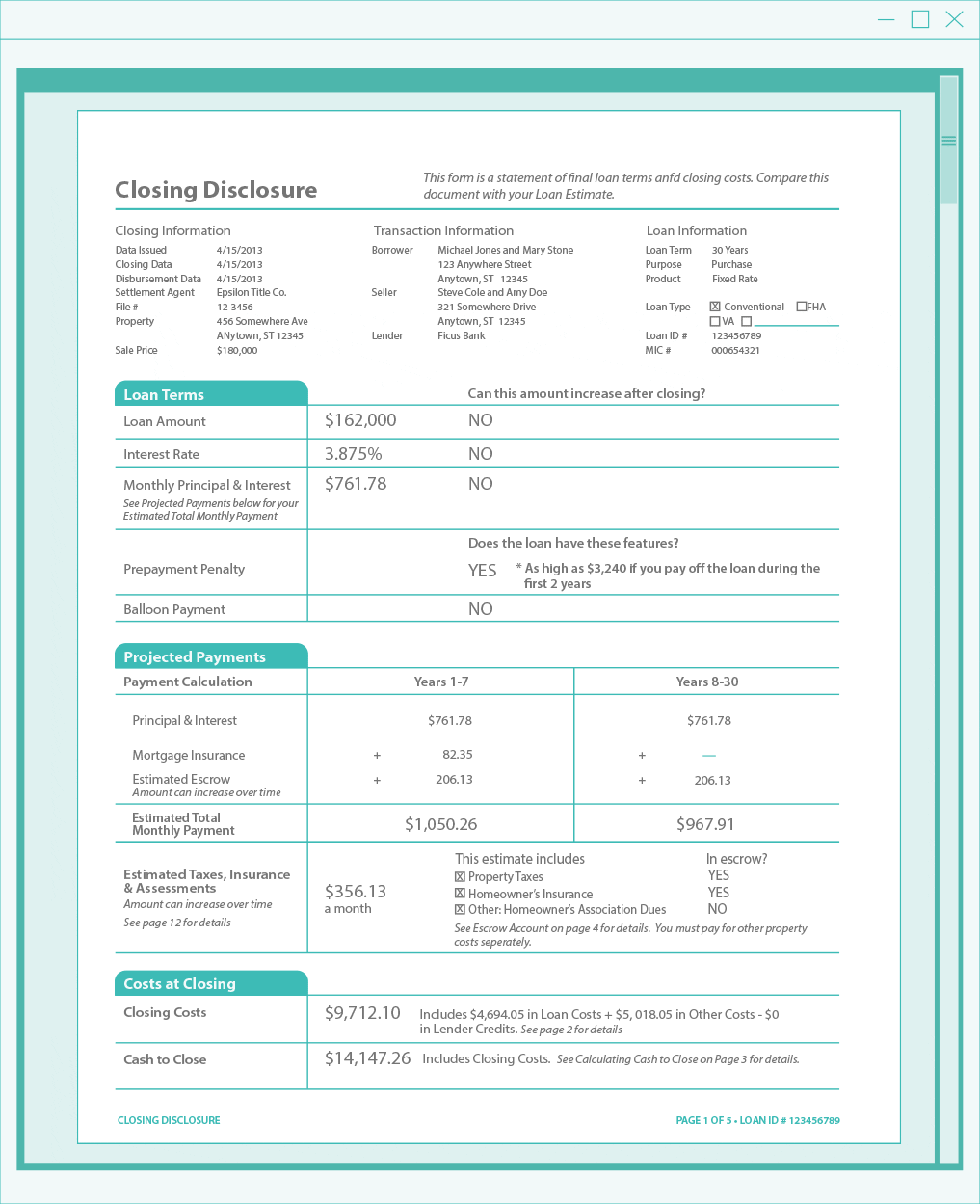 And this is where cognitive automation plays a role in the success of highly automated mortgage automation solutions...
And this is where cognitive automation plays a role in the success of highly automated mortgage automation solutions...
How to Extract Critical Closing Disclosure Data with Robotic Process Automation
One of the most important documents in loan processing – the closing disclosure – has become extremely difficult to extract information from. It contains critical information that is necessary for post-close audits and validating loan information for accuracy.
- When RPA receives the loan packet, it uses an integration with this automation to send the packet for processing.
- All pages are immediately processed, separated, and the important data is extracted.
- Upon extraction, a human worker is notified and manually processes any validation errors.
- Errors are easily fixed within a matter of minutes and the data is automatically delivered back into the necessary RPA workflow for further processing and integration.
When Should I Use Cognitive Automation?
Cognitive automation should be used after core business processes have been optimized for RPA. Getting an RPA implementation into production is hard enough on its own, so further automation that requires advances in machine learning and data science techniques should be considered after initial automation requirements have been met.
A further argument for delaying the use of automation is that it is typically self-funded by early RPA wins. Trying to do too much at once is a recipe for disaster and analysis paralysis.
Learn more about Grooper's unique automation!
About the Author: Brad Blood
Senior Marketing Specialist at BIS
